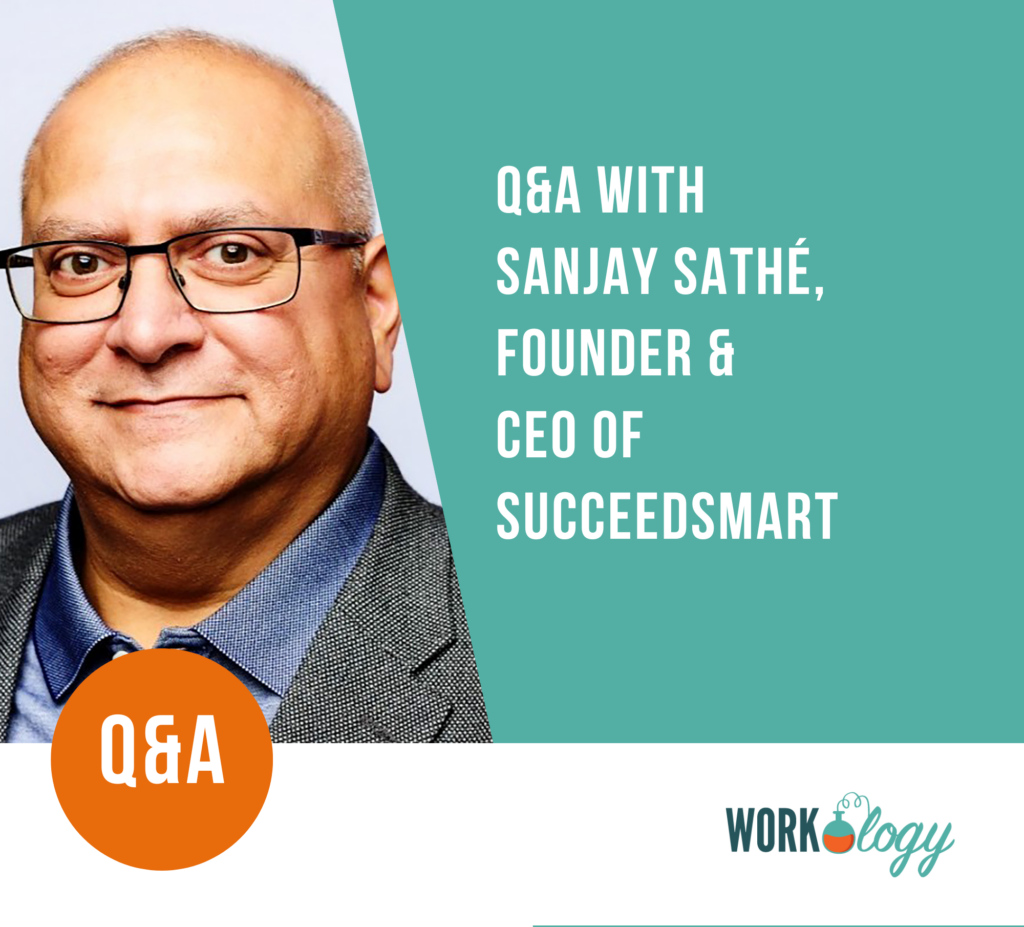Employee engagement has gotten a lot of well-deserved attention over the years, and the topic has now interestingly reached saturation. Leaders in the talent industry should celebrate the results of their tenacity since they are no longer isolated voices on this issue.
A worldwide skills gap is acknowledged by almost all corporate leaders. Most intelligent managers are aware of the value of employee retention and the crucial role engagement plays, even if it is only from a supply-chain viewpoint.
But, after the confetti has been swept up from the engagement party, work product must still be produced, which requires managing the people who produce the product. Even theoretically “manager-less” enterprises are grappling with how to handle raises and promotions.
It is relatively easy to manage the unbalanced, the incompetent, the overachievers, and the self-starters. The first two demand strong documentation, while the following two call for the removal of obstacles as well as a sound compensation strategy.
What about the middle tier, though? What about the able passive/aggressive disruptor, the egotistical genius, and the president’s club scumbag who also happens to be the main source of income?
The employees that cause problems and are talented take up the most time and effort. And regrettably, theories of employee engagement can falter when you’re forced to balance harsh facts like income and difficult-to-find skills against softer goals like corporate culture and a strategic vision.
It’s Easy for Hiring Managers to Hide
It’s simple for hiring managers to rank their employees exclusively on knowledge and production while turning a blind eye to their poisonous conduct in an era of growing costs and widening skill gaps.
Due to their hectic schedules, executives frequently put off unpleasant or challenging jobs. Therefore, it’s simple for a scenario to go unnoticed and worsen when an employee is uneven in how they apply their talents or when a high producer upsets their workplace.
When this occurs, a lack of employee participation is no longer a commission but an omission. Additionally, the disengaged employee may not always be the problematic one. Even worse, it can be the coworkers of the problematic employee who quit because they’re tired of being around such a poisonous environment.
It’s understandable how managers can choose to disregard these issues until it’s too late when tasked with providing quantifiable value in a chaotic workplace. However, the obscurity that results from denying what is clear can eventually destroy a career, a department, and occasionally even an entire business.
Transparency Begins in the Interview
There is no magic solution for handling talented but troublesome staff. But pretending there isn’t a problem and failing to address problems in straightforward words, early on, consistently will never work.
By early, I mean before the interview even starts. To properly screen candidates and set expectations, hiring managers must define the company’s vision and culture clearly.
The phrase “hiring for humility” is well-known, and there are probably as many definitions of it as there are people who use it. However, I associate the phrase with emotional intelligence, empathy, curiosity, and a self-assured eagerness to learn when I hear it. Humble people are open to coaching and willing to follow effective leaders.
As important to future employee engagement as matching skills to jobs is asking interview questions that reveal these characteristics and convey clear expectations of cultural fit.
Maintaining Communication Flow
It is considerably simpler for hiring managers to refer to cultural expectations for ongoing tune-ups throughout the employment lifecycle when discussions about them are open and honest from the start.
And they don’t have to be cumbersome and uncomfortable. Reminding individuals that there is no time for political games and drama can serve as one of them. When the games eventually appear, dialogs are then only repetitions of what has already been said rather than being novel or unexpected.
Future conversations might be more difficult or awkward to the point where they never happen if these cultural norms aren’t established during the interview and a candidate is simply evaluated for skills. Hiring managers fall into that mistake when dealing with a haughty, uncommunicative employee. Sometimes it’s just simpler to concentrate on something else.
Out With the Profit Suckers
None of this should be mistaken with the inevitable conflict that arises in a quick-paced, flexible workplace. Emotional heat is produced by invention, discussion, and decision-making by definition.
This is not creative friction that I’m talking about. Employees that create business interruptions are what I’m referring to. They interfere with deadlines, learning, and communication. They prevent teams from reaching their full potential and kill innovation.
If you’re confused about the difference, see this handy HubSpot flowchart. Great companies screen these people out or root them out later if they sneak in because they siphon off innovation and profit with their bad deeds.
To promote employee engagement and achieve development and profit goals, it is essential to keep the bravery (and the candidate pipeline) to promote people or let them leave the company. No matter how talented the people holding you prisoner are, it won’t work if they are jerks.
However, it necessitates constant sourcing and recruitment work on the part of hiring managers, who need a strong employer brand with a defined mission and cultural expectations.
And because all of that information must be conveyed to candidates up front in order to assess both their cultural fit and their skill level, frequent, natural reminder dialogues are necessary.










4 Comments
This is a very interesting approach and talks about issues that most companies face. Employee engagement is a complex process that tackles with various aspects, as you clearly presented in your article. If they are all handled with care, they result in productivity and a relaxed working environment.
Thanks, Duncan. I appreciate your comment. Employee engagement is indeed a complex process. And, it requires transparent face-to-face communication, which is becoming more rare. It’s a fascinating time to be studying the subject and discovering ways to promote such an important component of corporate success.
Wow! There are a lot of good nuggets of information in this article and a lot of truth! When we become desensitized to disruptive behavior by saying “it’s just them being them”, we completely miss the boat and risk losing key performers as a result of not being transparent and addressing the disrupters.
Great points, Kim. Thank you!
Comments are closed.